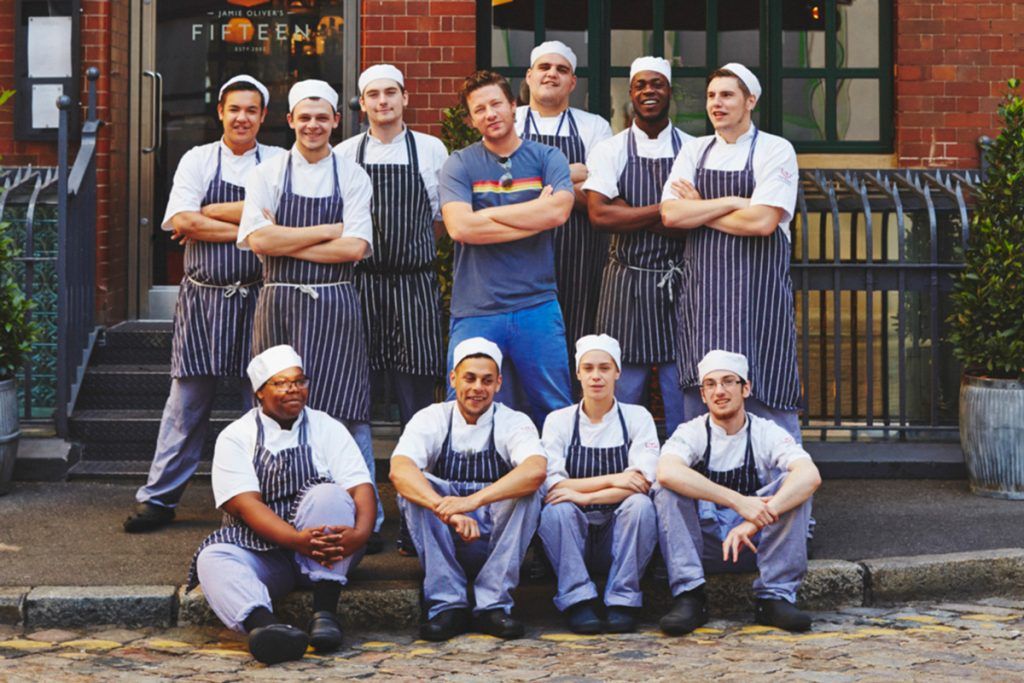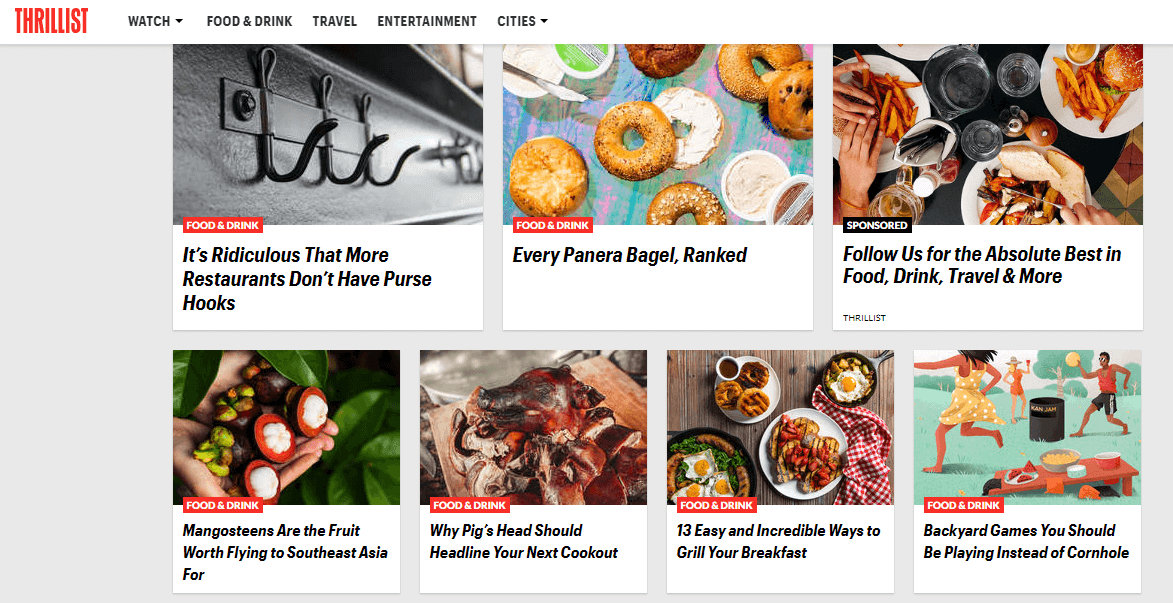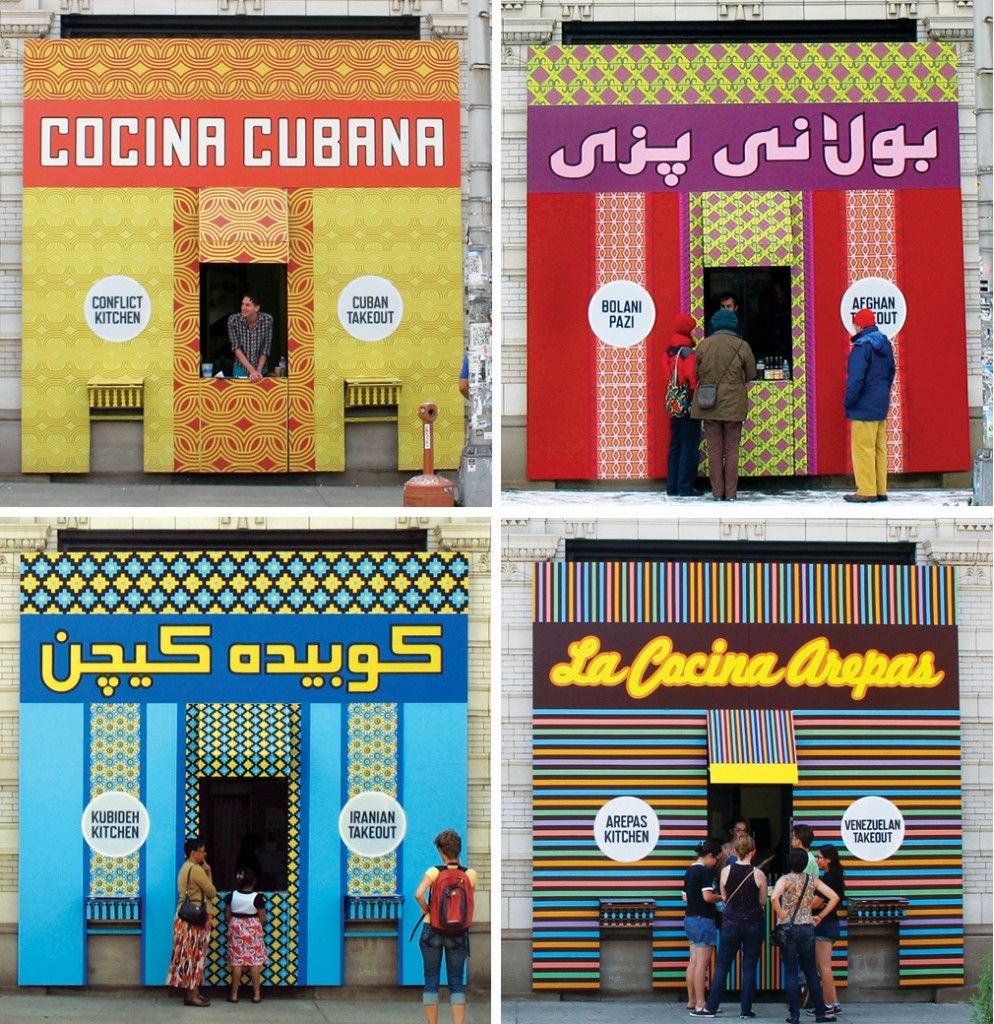Content marketing best practices for restaurants and cafes
August 28, 2020
|
John Thomas
Learn the best practices of content marketing specifically tailored for restaurants and cafes. Drive customer engagement and loyalty.

The content on your menu matters. The content marketing you use to promote your food and drinks matters even more.
In this day and age, everyone’s using Google and social media to find the right answers to their questions. And as a restaurant or café owner, you should be where your customers are.
This doesn’t just go for a high-frequency spot.
In this post, we’ll show you best practice tips for food industry content marketing we’ve picked up from both small businesses like Smokey Bones and giants like Starbucks.
Let’s see what you can do to attract more visitors!
Content Marketing for Restaurants and Cafes 101
There are a lot of factors that go into your customer’s decision to get a drink or grab something to eat at your business in particular.
Maybe your sandwich boards are tantalizing. Maybe the smell of food is wafting out into the street and making them hungry, even if they ate half an hour ago.
Or maybe they can see you care about their needs and problems.
All of this goes into the content marketing mix.
Content marketing is best described as a form of marketing that uses your knowledge of your audience to attract them to your business with content.
But unlike other methods that want to draw in customers through discounts and offers (sales-driven methods), content marketing helps you build relationships with your customers which drive long-term success.
And it all starts by putting yourself in the shoes of your customers and asking:
“What do my customers want to know?”
Creating a Restaurant or Café Content Strategy
Before you get started, you need to create a simple content strategy by answering the following questions:
Where do my customers go for information?
What information are they looking for?
Where does my business fit in?
Typically, your customers get their information from Google, social media, message boards like Quora and Reddit, and YouTube. This is why you’ll use search engine optimization (SEO) down the line.
Then, it’s time to understand what information related to the food industry they’re looking for and where you fit in.
Does your restaurant or café take part in events? Do you offer specific cuisine or coffee roasts?
If you want to jumpstart the strategy, you can also use tools like Draft’s Keyword Planner or Answer The Public.
1. Start Blogging
Blogging is one of the oldest forms of content marketing and yet, it’s still effective.
And when you add SEO to the mix, your blog will increase your chance of being ranked highly by 434%.
When it comes to food industry blogs, we can’t stop looking at Thrillist.

They blog about food and drinks 24/7, and always create interesting twists. Their content is made for foodies, not professional food critics.
And it’s relevant: they have city-specific pages on food, drinks and events; from Atlanta to London.
While they’re not a restaurant, you can learn a lot from the content they share with their audience and replicate it to suit your content strategy.
You can also learn from Starbucks Stories.

They use their blog to share recipes, announce new products, show their values, impact, and highlight community members.
From employees who share what they like about working at Starbucks to elderly community members who think Mocha latte is better than Turkish coffee, Starbucks is covering everything their customers care about.
Of course, you don’t have to be such a generalist. Chances are, your audience is much narrower.
As a restaurant or a café owner, you can also use post types such as:
Posts about specific diets which target long-tail keywords (e.g. 10 Paleo Dishes You Have to Try!)
Recipes (e.g. 15 Easy Gluten Free Lunch Recipes)
Local events (e.g. Where to Get the Best Coffee at the French Quarter Festival?)
Events at your café or restaurant (e.g. themed nights)
Make the titles catchy and then organically insert your business into the post. No one will mind as you’ll be providing them with useful information.
And the more location-specific you can go, the better.
There’s plenty you can do with a blog, especially if you’re using Draft to save time and outsource content creation. Our expert writers can create content as tasty as your dishes for as little as $0.06/word. And the best part is: it only takes 30 seconds to request content!
2. The Art of the Video for Food Industry
Content Marketing
If a picture says a thousand words, then video says a million. At the very least.
That’s why we love the newsletter sent by Smokey Bones, a bar & fire grill chain in Florida.
You’d never think that restaurant content marketing could be as effective as when Smokey Bones’ founder enthusiastically shared the story of the brand in a short 15th anniversary video.

This video is a great example of video content marketing done right.
They could’ve just shared a 15% discount for their 15th birthday, but instead, the founder showed up and shared the story.
The enthusiasm triggered all the right emotions, which is yet another reason content marketing is one of the best methods to promote your restaurant or café.
You can also promote your restaurant or café by:
Creating videos showing how you prepare food or roast coffee
Sharing commentary on relevant topics like food trends
Filming educational videos about healthy food, benefits of coffee, or similar things that your customers are interested in
Using live video to host Q&A sessions, announce special events or promotions
Recording special events and share customer testimonials
Showing your team in their “natural” habitat and talking about your story
You want your customers to feel emotionally connected to your business, and there’s nothing like personality displayed in the video to help you.
3. Respond to Current Events
Did you know that Pittsburgh is the home of Conflict Kitchen, a take-out restaurant that serves food from countries the US is in conflict with?
Yup! Conflict Kitchen uses the practice of “newsjacking” at a deep level:

They’re using the general public’s interest for current events to build their story off of them and reach more people.
It’s as ingenious as food industry content marketing can be!
So far, Conflict Kitchen have featured countries such as Cuba, Iran and Venezuela.
But they don’t just stop at changing their menu and writing a blog post about it. They have a broader strategy that also includes:
Special events (Currently: Join a Lunch with a Local Palestinian)
Instagram takeovers by relevant influencers (Currently: Palestinian artists)
Interviews (Quotes are placed on food wrappers)
Workshops and educational events
And since Conflict Kitchen’s content is actually contributing to a good cause and educating people on the impact of the news, their loyal customers have become hungry for both good food and valuable information.
Your business can stay relevant if you keep up with trends or news, and create content about them.
For example, if you own a Mexican restaurant, you could share more about the culture and educate your customers.
Turn your content marketing into a separate product and treat it with equal respect.
Tell a story.
Use the fact that our brains are wired to love storytelling.
No, you don’t have to go full-on Harry Potter.
You can simply tell the story of your restaurant, or the story of the culture and hedonism that made you want to open it in the first place.
Your customers will be able to connect with your restaurant, just like how people connect to Jamie Oliver’s Fifteen.
Core values matter, and they’re the reason why 60% of consumers are willing to pay more to brands that give back to the community.
All the profits from this restaurant go towards Cornwall Food Foundation’s award-winning apprenticeship program that gives underprivileged youth a chance to discover their passion in cooking.
4. Take Pride in Your Customers
People love hearing from other people they can relate to. That’s why 92% of consumers trust peer recommendations over brand messaging.
It’s also why social proof matters.
However, the trick is in correctly integrating it into your content marketing strategy.
Mei Mei, a Boston restaurant serving Chinese-American food, frequently interview guests on their blog
This gives great perspective to new customers who may find the blog by searching for “Mei Mei Boston reviews/experience.”
It’s the perfect combination of practical (for SEO purposes) and delightful for the human touch.
As a food business owner, you can also share user-generated content.
Did someone snap a pic of a coffee or a dish that looks delicious? Reshare it to your social media or blog.
If you’re hosting special events, show how much you love being a part of the community.
After all, it’s all about reaching your customers with the content they care about.
And there’s nothing like seeing that a business isn’t just the storefront. It’s the people behind it putting in the work.
Every single day.



